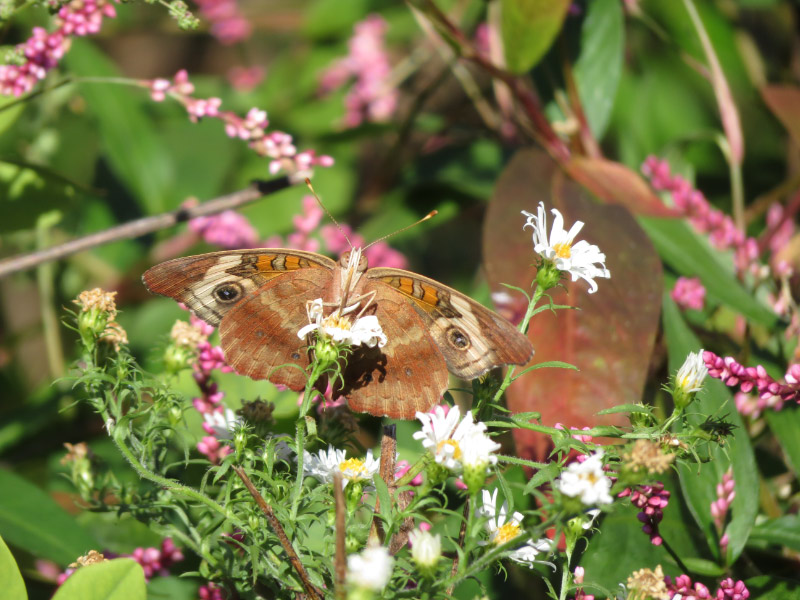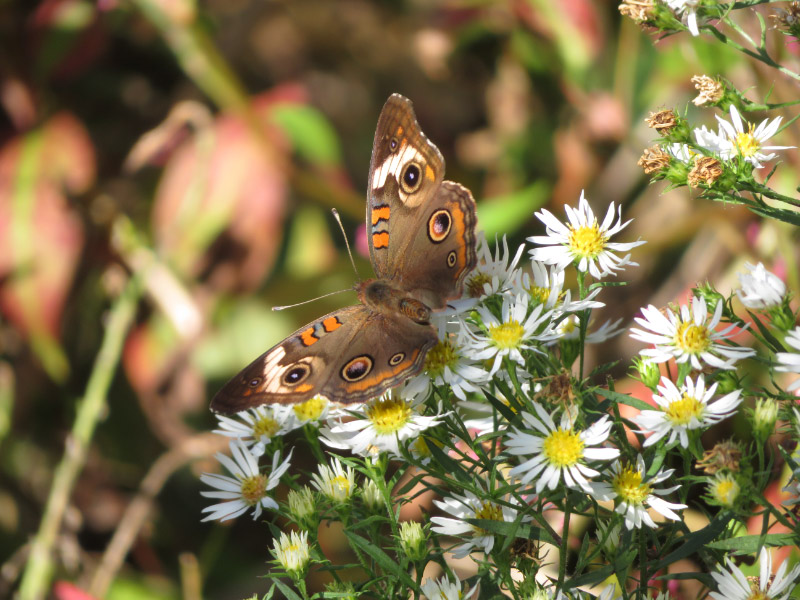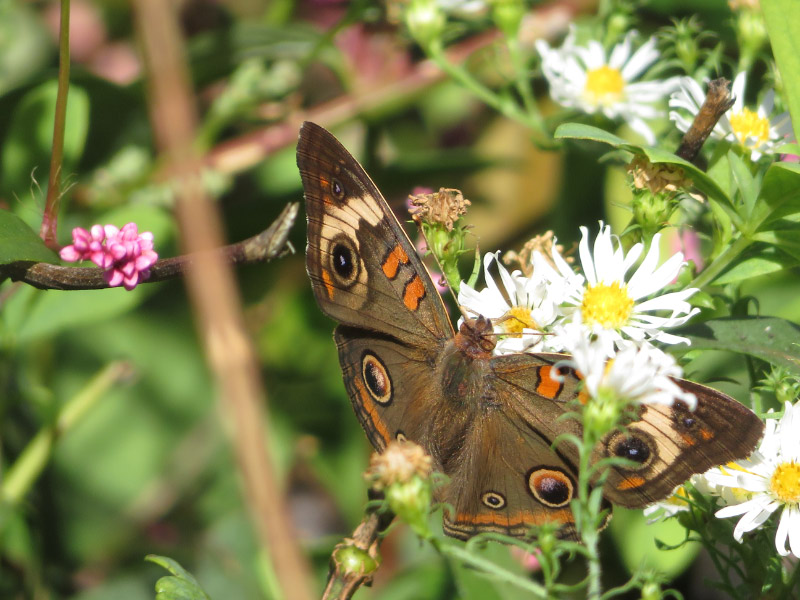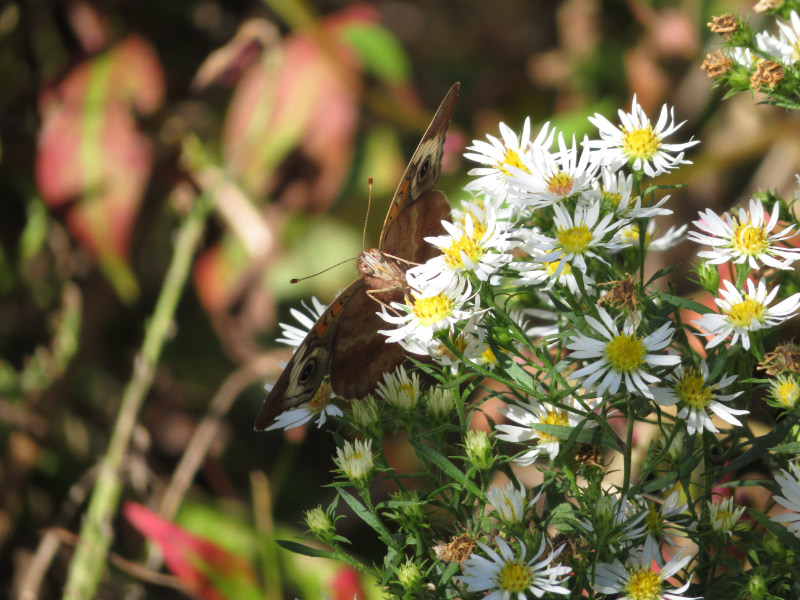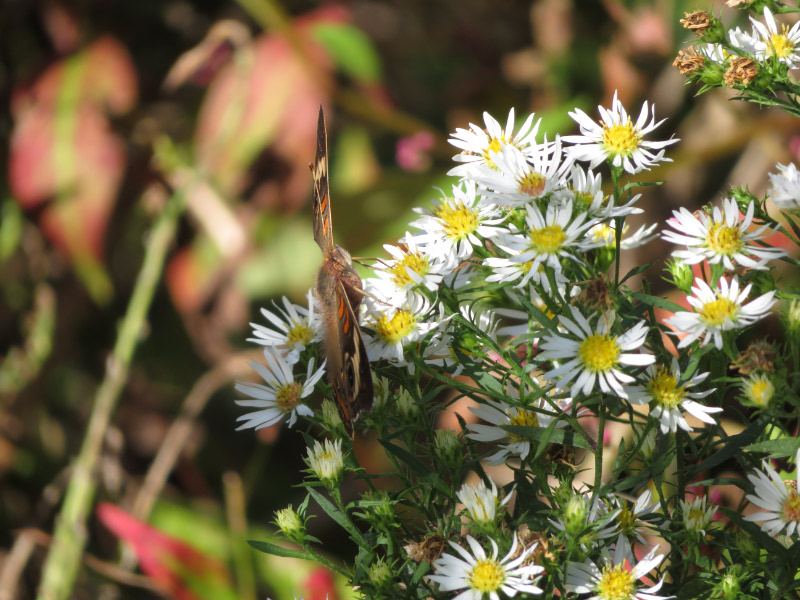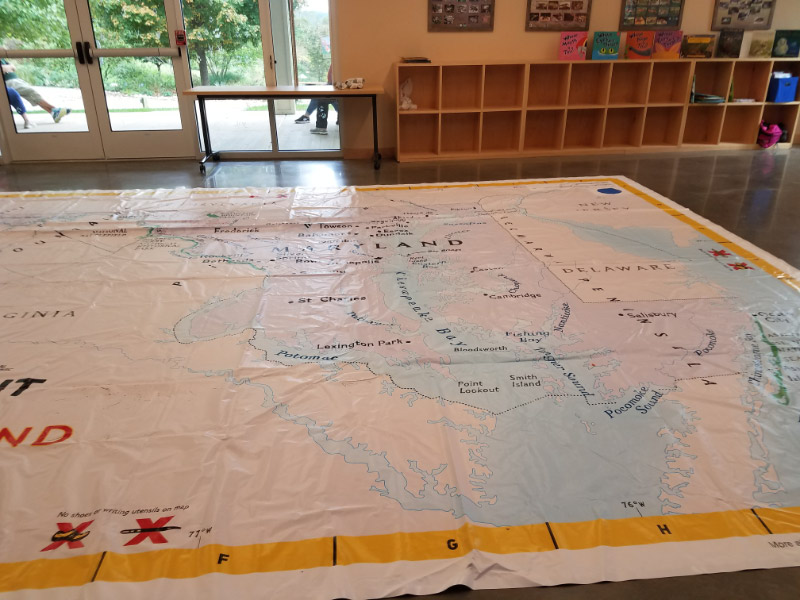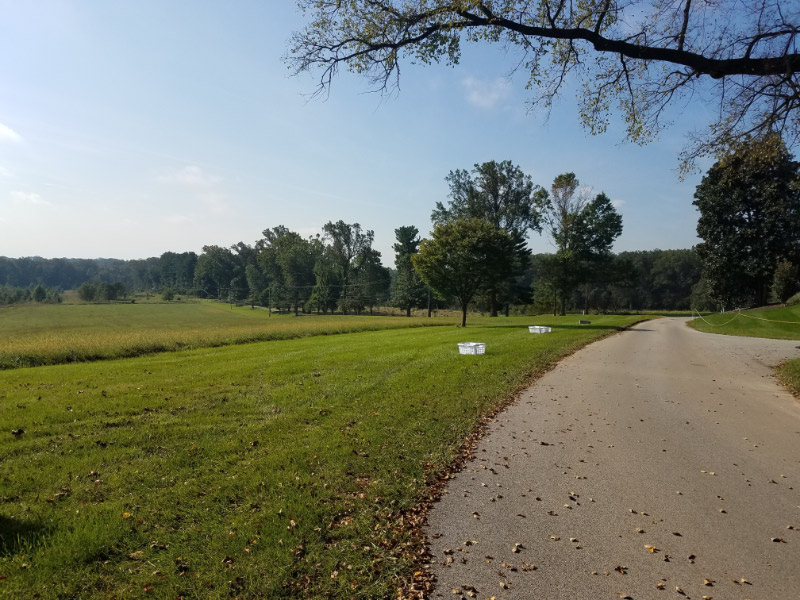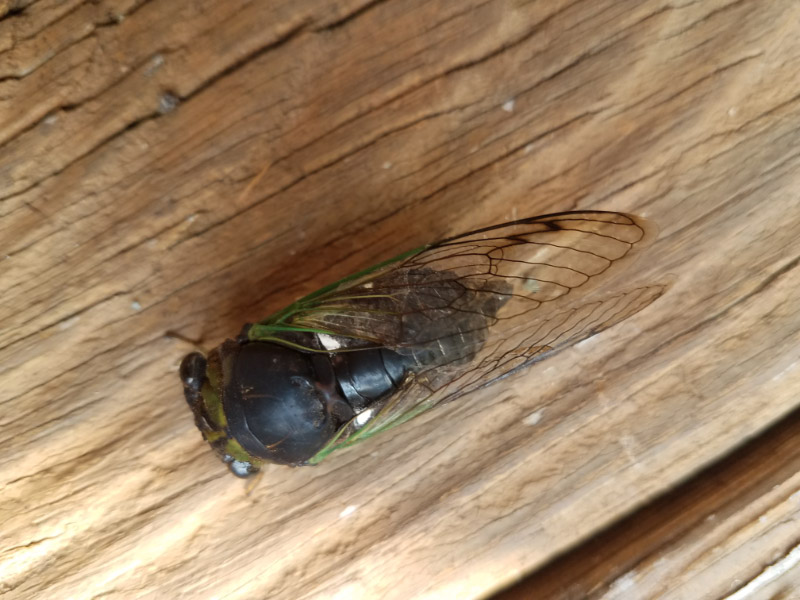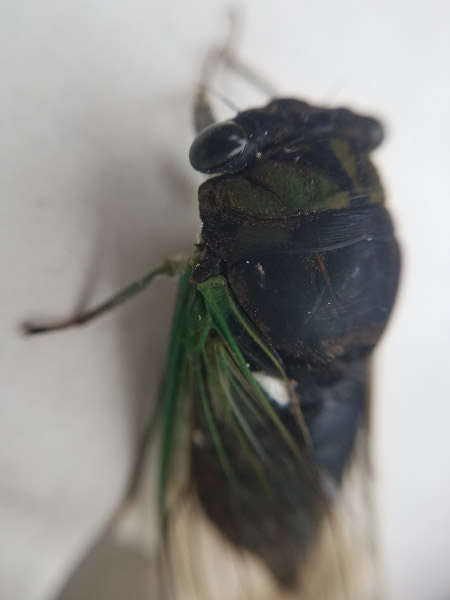Gleanings of the Week Ending December 8, 2018
/The items below were ‘the cream’ of the articles and websites I found this past week. Click on the light green text to look at the article.
Parts of the Ocean Floor Are Disintegrating—And It's Our Fault | Smart News | Smithsonian – Ocean acidification has a downside – already.
Drought Persists in the Southwest – The drought had been long…like the one in the 1950s…but there are a lot more people living in the region now than there were in the 1950s. 7 states have drafted drought contingency plans.
Body clock researchers prevent liver cancer growth in mice -- ScienceDaily – Our circadian clock has a broader role that just the sleep/wake cycle.
Get a New Perspective on Prague With These Spectacular Drone Photos – A city at sunrise. Hopefully the drone didn’t awaken anyone.
Floating Solar Is Best Solution for Colorado Town’s High Electric Bills | CleanTechnica – A small town with limited available land is installing solar panels over its waste water plant.
Which country is best to live in? Our calculations say it's not Norway – Two metrics are compared. Using the UN’s Human Development Index (HDI) – Norway is ‘best.’ But there are issues with that indicator. The Human Life Indicator (HLI) has Hong Kong at the top…with Norway at 9. The US is 10 on the UN HDI but falls to 32 on the HLI scale largely due to lower longevity and high inequality in ages of death when compared to other countries like Canada (which was 10 on the UN HDI index and 17 on the HLI scale). Maybe these indexes are not that useful for individuals but may be helpful in comparing the broader implications for government actions of all 189 countries analyzed.
Punctuated earthquakes for New Madrid area, Missouri, U.S. -- ScienceDaily – The 1811 and 1812 earthquake is well known…but what about the earlier ones? Recent analysis shows quakes around 1450 AD, 900 AD and 2300 BC.
How do pregnancy tests work? | Compound Interest – They’ve only been around since the 1970s – biotech on a stick!
BBC - Future - Why we are living in the age of the chair – Furniture that has changed lives …relatively recently in human history.
Florida monarch butterfly populations have dropped 80 percent since 2005 -- ScienceDaily – A 37-year study of Florida where the monarchs come up from Mexico to recolonize much of the east coast. No wonder we are not seeing as many in Maryland when the numbers in Florida have dropped by 80%.


